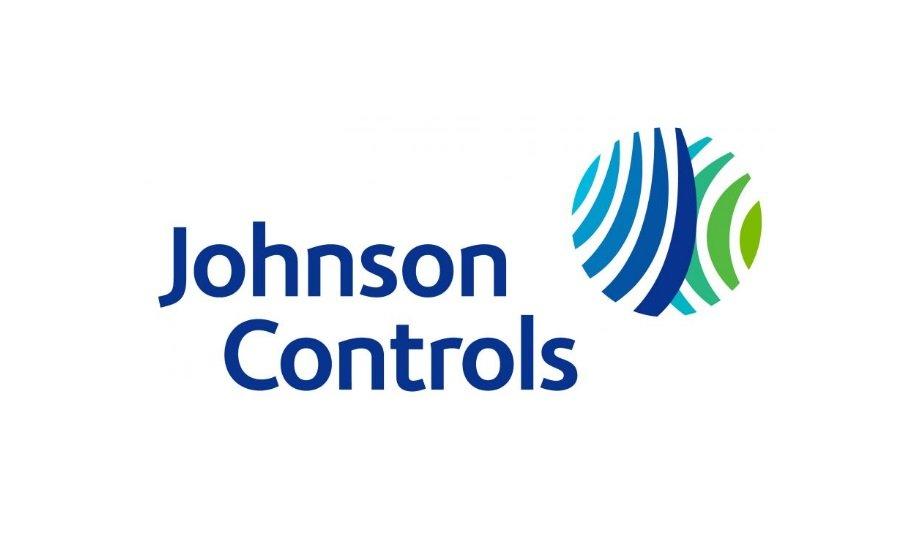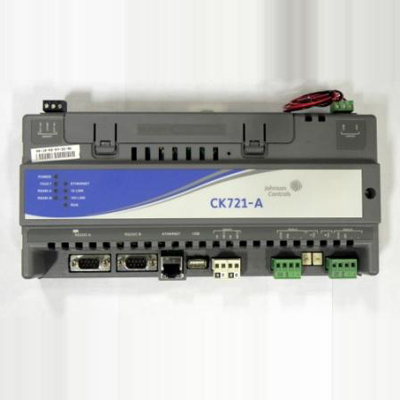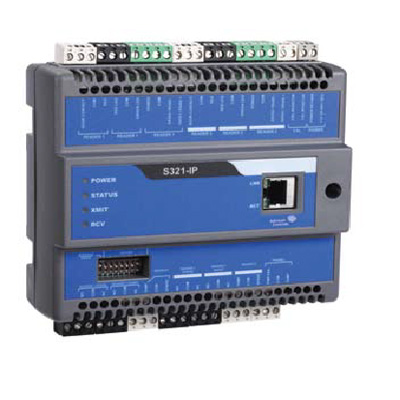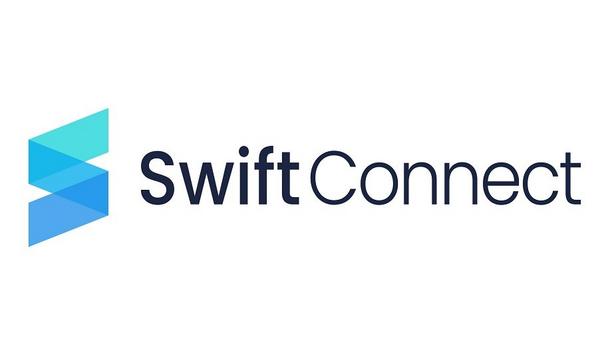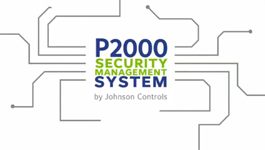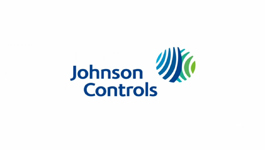Johnson Controls, a pioneer for smart, healthy, and sustainable buildings announces an agreement with Constellation, the nation’s largest producer of carbon-free energy, to support the development of two new solar plants and match the power needs of four major Johnson Controls manufacturing and research and development facilities.
“By joining forces with Constellation, we are supporting the addition of state-of-the-art renewable assets to a key region for Johnson Controls’ market-leading operations, where we are inventing and building the future of net zero emission buildings,” says Katie McGinty, Vice President and Chief Sustainability and External Relations Officer at Johnson Controls.
Renewable energy capabilities
Katie McGinty adds, “We are also pleased to be combining our advisory, digital and technology solutions with Constellation’s renewable energy capabilities, to accelerate net zero progress for building customers across the United States.”
Johnson Controls will receive energy through its retail agreement with Constellation
Constellation’s Offsite Renewables Plus (CORe+) retail power product combined with Johnson Controls’ commitment to renewables is supporting the development of two new Welcome Solar renewable energy facilities, funds managed by AB CarVal, a global alternative asset manager, in Pennsylvania.
Backed by Johnson Controls’ 15-year commitment starting in December 2024, Constellation has entered separate, long-term power purchase agreements (PPAs) to procure 29 megawatts of energy from the Welcome Solar projects. Johnson Controls will receive energy through its retail agreement with Constellation that is matched by Green-e® Energy certified renewable energy certificates (RECs) from U.S. facilities.
Reducing operational emissions
Those will be matched to Johnson Controls’ four world-class engineering and manufacturing facilities in Pennsylvania, dedicated to advancing net zero buildings.
The first is the New Freedom global research and development complex, where Johnson Controls is leading the charge in heat pump development – machines that enable the full electrification of buildings and generate three to eight times as much energy as they consume.
The others include an advanced chiller manufacturing center and two facilities that are driving hyper-efficiency in industrial refrigeration applications. This new renewable energy agreement will advance Johnson Controls’ goal of 100% renewable energy in its operations by 2040 and help reduce its carbon footprint by more than 14,000 metric tons annually, equivalent to the emissions of nearly 36 million miles driven by a gas-powered car, according to the U.S. Environmental Protection Agency calculator.
Offsite renewable capabilities
This will advance Johnson Controls’ aggressive 2030 Science Based Targets initiative (SBTi) goal
This will advance Johnson Controls’ aggressive 2030 Science Based Targets initiative (SBTi) goal of reducing operational emissions by 55%. The company has already reached 42% absolute emission reductions, saving over 455,934 metric tons of CO2e across its operations, the equivalent of over 1.1 billion miles driven by a gas-powered car.
Collaboration is not new to Johnson Controls and Constellation. The companies continue to work together to help accelerate net zero building progress across U.S. commercial, industrial and public sectors.
Combining Johnson Controls OpenBlue Net Zero Buildings advisory, technology, and services with Constellation’s offsite renewable capabilities allows customers to benefit from increased accessibility and economies of scale.
Greenhouse gas emissions
OpenBlue Net Zero Buildings is built on OpenBlue, a unique, open-architecture digital suite that harnesses data and AI to drive unprecedented functionality and efficiency in buildings.
Data and digitalisation – along with electrification innovations like heat pumps – are key to urgently tackling the nearly 40% of global greenhouse gas emissions from buildings, and to spurring renewed vigour and productivity in economies around the world.
Johnson Controls’ 2030 SBTi scope 3 target is to reduce emissions from products in use by 16%
Johnson Controls’ 2030 SBTi scope 3 target is to reduce emissions from products in use by 16%, and the company has already achieved 14%, over 18 million metric tons of CO2e, equal to carbon sequestered by 21.4 million acres of U.S. Forest in one year.
Earliest industrial companies
Johnson Controls was one of the earliest industrial companies to sign the UN Global Compact, and has ranked 16 times as one of the World’s Most Ethical Companies. The company ranks number one in the HVAC industry on the list of Corporate Knights Global 100 Most Sustainable Corporations.
It earned a platinum rating from EcoVadis, and was distinguished at the global climate leadership level by the CDP. The company earned a top ESG rating from Sustainalytics, an AAA rating from the MSCI, and ISS ESG Prime Status. Johnson Controls has been named to the Clean200 every year since the list’s inception, recognising its high proportion of revenues that contribute to a sustainable economy. The company also received the S&P Global Industry Mover 2022 Sustainability Award.
Sustainable business executives
The company was honoured as one of the 100 Best Corporate Citizens for the 17th year by 3BL and was named a European Climate Leader in 2022 and 2023 by the Financial Times. Fortune chose Johnson Controls for both its Change the World and Most Admired Companies lists, and Forbes named the company one of the Best Employers for Diversity.
The company was also honoured as the Microsoft 2023 Global Independent Software Vendor Partner of the Year and the Microsoft 2022 Global Sustainability Changemaker and has received the Terra Carta Seal twice from HRH Prince of Wales.
Vice President and Chief Sustainability and External Relations Officer - Katie McGinty was named to the 2023 ESG50, a list of the most influential global sustainable business executives, who are advancing sustainability in their fields through new business models, emerging technologies and ethical, humane leadership.
